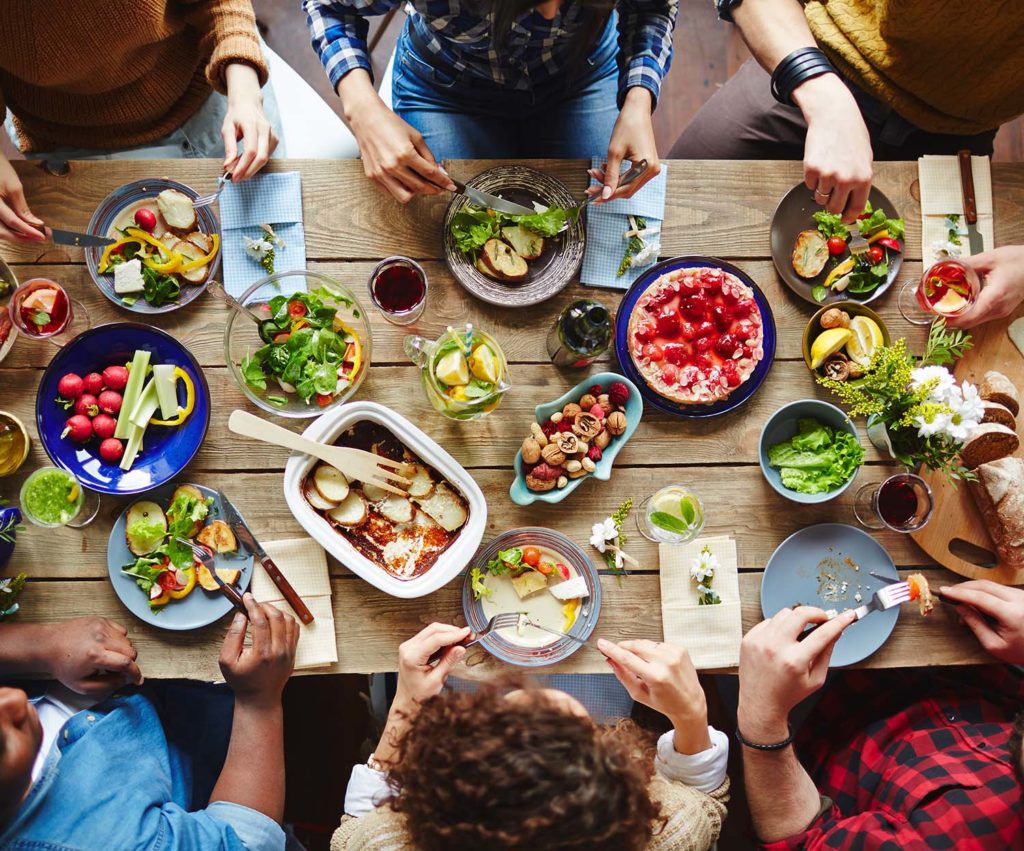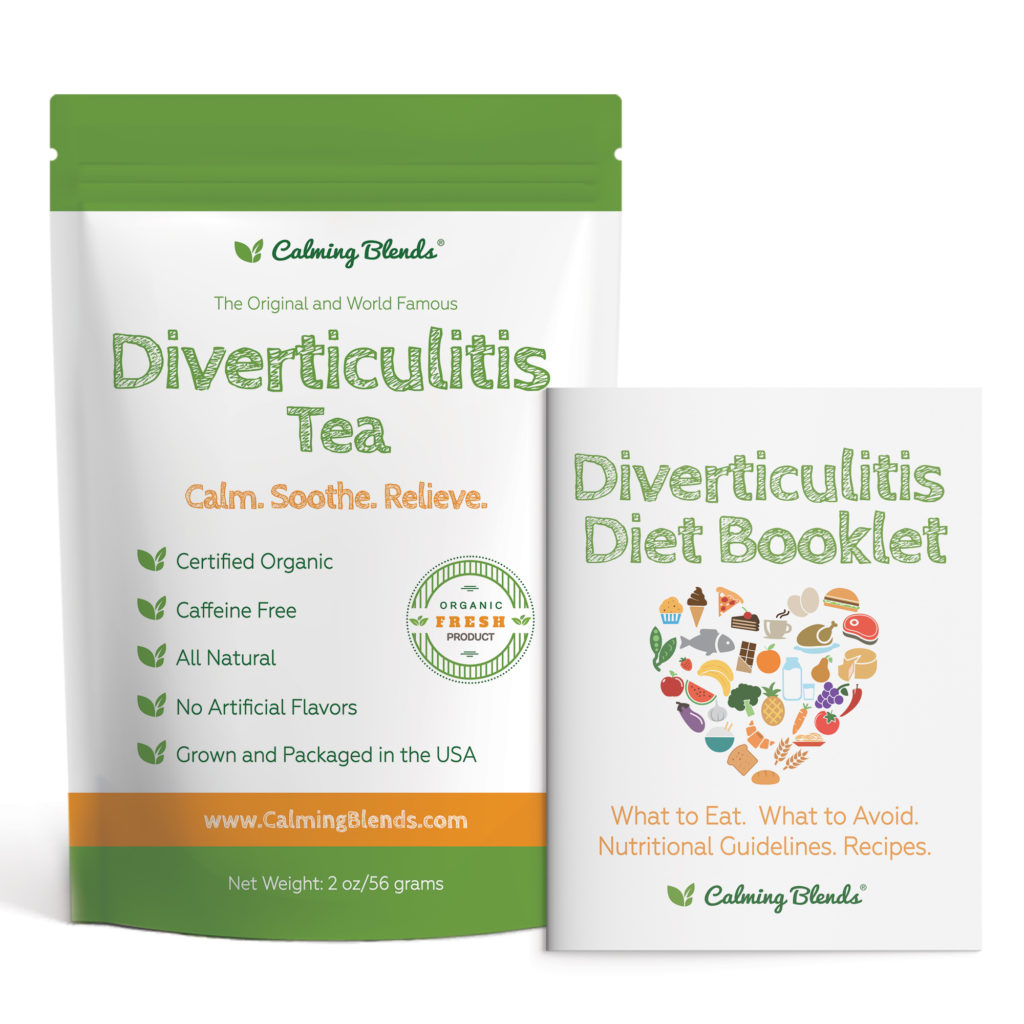You have recently had a diverticulitis flare-up that resulted in substantial pain and agony. However, things are beginning to improve. Your discomfort has lessened significantly, and you are wondering when you can return to your normal diet after diverticulitis?
Allowing the colon to recuperate and mend
To assist in answering your question, let us rewind to the time of your flare-up. Diverticulitis causes polyps along the intestinal walls to become irritated or even infectious. The goal of recovery is to eliminate foods that irritate the diverticular polyps. During severe cases of diverticulitis or after surgery, doctors typically prescribe a liquid diet therapy for 2-3 days. The goal is to keep your body hydrated while allowing your intestines to rest and heal.
Once you start feeling better, it is appropriate to begin incorporating foods into your diet. However, fiber must be introduced gradually, which is why a low-residue or low-fiber diet is recommended. This diet supplies the nutrition your body requires to function properly while lessening the chances for bloating and constipation. A low residue diet typically contains between 8 and 12 grams of fiber per day.
When will you be able to resume your normal diet?
Regrettably, returning to a normal diet is not as simple as flipping a switch. Consider it more as a dimmer. You want to progressively introduce high fiber foods while paying attention to your body and how you feel afterward. If you experience a recurrence of pain, you are probably not ready to fully return to your normal diet. You may need to revisit a low fiber diet and gradually add fiber.
We give you with advice for each step of your diverticulitis diet journey at Calming Blends:
Because each person is unique, resuming a normal diet following a diverticulitis flare-up may not be as straightforward as you imagine. You will eventually be able to eat a normal diet, but the timing depends on how your body reacts. Your primary objective is to transition to a high-fiber diet in order to reduce your risk of developing diverticulitis in the future.
Source: https://health.clevelandclinic.org/what-foods-should-you-eat-and-avoid-on-a-diverticulitis-diet/


